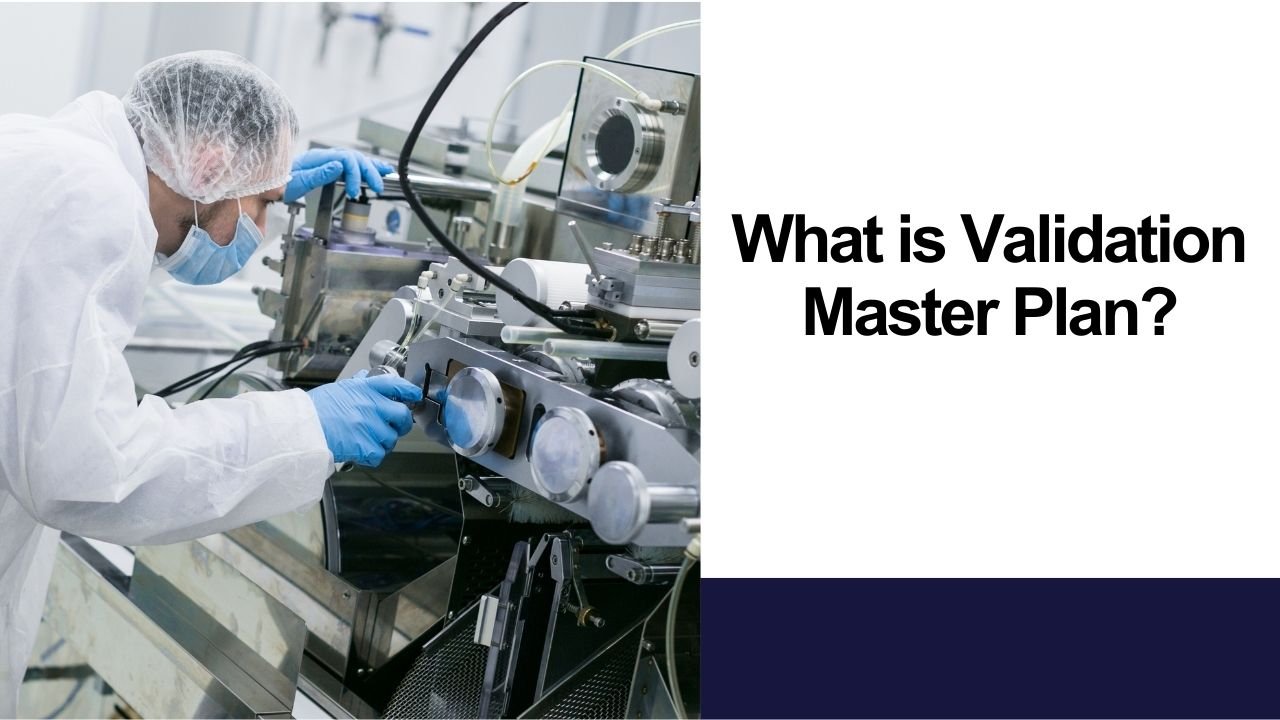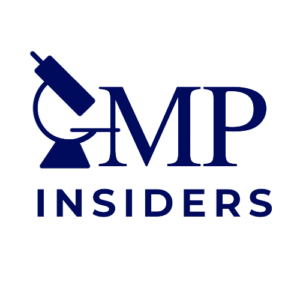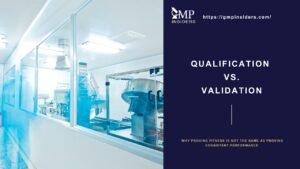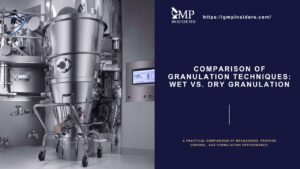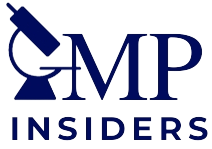The Validation Master Plan (VMP) serves as the strategic guide for all validation activities within a manufacturing facility, ensuring that products are produced consistently and in compliance with quality standards. The VMP is not just a regulatory requirement but a foundational component of an organization’s commitment to maintaining high-quality standards throughout the production lifecycle.
In this article, we will explore the critical components of the Validation Master Plan, its role in the validation process, and how it underpins the production of high-quality products in compliance with regulatory requirements.
Purpose of a Validation Master Plan
The foremost purpose of the VMP is to ensure that all products manufactured within the facility meet the required quality and safety standards. This is achieved through a systematic validation of all critical processes, equipment, and systems involved in production.
The VMP outlines the approach and methodology for these validations, ensuring that they are thorough, repeatable, and capable of consistently producing products that meet specifications.
- Consistency and Control: By validating processes, the VMP ensures consistency in production. Each batch manufactured under validated conditions should conform to predefined quality attributes, ensuring that patients receive safe and effective products.
- Minimizing Risks: A robust VMP identifies and mitigates risks associated with manufacturing processes. By validating critical control points, the VMP ensures that potential sources of variability are controlled, reducing the likelihood of product failures or recalls.
- Documented Evidence: The VMP provides a detailed roadmap for validation activities, including protocols and reports that serve as documented evidence during regulatory inspections. This documentation is crucial for demonstrating that the organization is operating within regulatory guidelines.
- Regulatory Alignment: The Validation Master Plan ensures that validation activities align with the latest regulatory expectations and guidelines. It provides a framework for adapting to regulation changes, ensuring continuous compliance.
- Resource Optimization: It helps in the efficient allocation of resources, including personnel, equipment, and time. By planning validation activities, the organization can ensure that resources are available when needed and that activities are carried out without unnecessary delays.
- Clear Guidelines: The VMP offers clear, step-by-step guidelines for validation activities, reducing the risk of errors or omissions. This ensures that all necessary validation tasks are completed, documented, and reviewed systematically.
Regulatory Requirements for VMP
Regulatory agencies across the globe have specific requirements for validation activities, and these are reflected in the VMP. The VMP must adhere to regulations such as the FDA’s 21 CFR Part 820 (Quality System Regulation) and the EU’s Annex 15 of the EudraLex Volume 4, which provide guidelines on validation and qualification.
21 CFR Part 820: This regulation is part of the FDA’s Quality System Regulation (QSR) and outlines the requirements for validation in the manufacturing of medical devices. It emphasizes the need for documented procedures and evidence that systems and processes consistently produce products that meet quality standards.
Annex 15 of the EudraLex Volume 4: This guideline focuses on the qualification and validation aspects of manufacturing and control. It provides detailed requirements for the validation of processes, cleaning, computerized systems, and equipment qualification.
How to Write a Validation Master Plan?
Writing a VMP involves meticulous planning and a clear understanding of the processes, equipment, and systems that require validation. Some of the key elements to consider when drafting a VMP:
- Who: Identify the individuals or teams responsible for executing validation tasks. This typically includes the Quality Assurance (QA) team, validation engineers, and Subject Matter Experts from various departments such as Production, Engineering, and IT.
Tip: The responsibilities of each team member should be clearly defined in the VMP.
- What: Specify what needs to be validated. This includes all critical production processes, equipment, utilities, and computerized systems that impact product quality.
Tip: Each item listed should have a corresponding validation plan that outlines the scope, objectives, and acceptance criteria.
- When: Determine the timing of validation activities. This includes initial validation during the installation of new equipment, revalidation after significant process changes, and periodic revalidation to ensure ongoing compliance.
Tip: The VMP should provide a timeline for these activities.
- Where: Identify the locations where validation activities will take place. This is typically the on-site production facility, but may also include laboratories, warehouses, and any other areas where critical processes occur.
- Why: Justify the need for validation. This section should explain the rationale behind validation activities, focusing on regulatory requirements, risk management, and the necessity of ensuring consistent product quality.
- How: Describe the methodology for conducting validation. The chosen methodology should be appropriate for the specific process or system being validated.
What Should Be Included in the VMP?

A well-structured Validation Master Plan (VMP) should encompass several key elements to effectively guide the validation process. Some of the essential elements that the VMP should include are:
1. Structuring the VMP Document
Before starting with the activities and the specific components of the VMP, it’s important to establish a clear and logical structure for the document. This structure will guide the reader through the various sections, starting with the critical introductory elements.
Introduction and Approval Signatures
The VMP should begin with a formal introduction that sets the stage for the document. This section should outline the purpose of the VMP, its importance in the overall quality management system, and its role in ensuring product quality and regulatory compliance.
The introduction should also include approval signatures from key stakeholders, such as the Head of Quality Assurance, the Validation Manager, and senior management. These signatures signify that the VMP has been reviewed and approved at the highest levels, ensuring organizational commitment to the validation process.
Abbreviations and Glossary
Given the technical nature of the VMP, it’s essential to include a list of abbreviations and a glossary of terms. This section helps to ensure clarity and consistency throughout the document, particularly for terms that may be unfamiliar to some readers or have specific meanings within the context of validation.
Purpose of the Validation
This section should clearly define the objectives of the validation activities outlined in the VMP. It should explain why validation is necessary for the processes, equipment, and systems covered by the VMP, focusing on the need to ensure product quality, safety, and compliance with regulatory standards.
Tip: The purpose section should also highlight the role of validation in risk management and the prevention of product defects.
Validation Policy
The validation policy section outlines the organization’s overall approach to validation. It should include the principles and commitments that guide validation activities, such as adherence to regulatory requirements, continuous improvement, and a risk-based approach to validation.
Scope of Validation Activities
The scope section should specify which processes, systems, and equipment are covered under the VMP. This includes a detailed description of all areas that require validation, such as production processes, laboratory equipment, utilities (e.g., HVAC systems, water systems), and computerized systems.
The scope should also outline any exclusions or limitations, explaining why certain processes or systems are not included in the VMP.
2. Roles, Responsibilities, and Team Structure
The success of the Validation Master Plan depends on the effective collaboration of a multidisciplinary team. This section should detail the composition of the validation team, including the roles and responsibilities of each member. Key roles typically include:
- Validation Manager: Responsible for overseeing the entire validation process, ensuring that all activities are completed on time and in compliance with the VMP.
- Quality Assurance (QA) Representative: Ensures that validation activities comply with GMP and regulatory requirements. The QA representative is often responsible for reviewing and approving validation protocols and reports.
- Validation Engineers: Technical experts who design, execute, and document validation activities. They may specialize in specific areas such as process validation, equipment qualification, or computerized system validation.
- Subject Matter Experts (SMEs): Specialists from various departments (e.g., Production, QC, Engineering, IT) who provide technical expertise and support during validation activities.
This section should also describe the reporting structure and communication channels within the team to ensure efficient coordination.
3. Facility Description
The Facility Description section of the Validation Master Plan (VMP) provides a comprehensive overview of the physical environment where manufacturing, testing, and related processes occur. This section is essential not only for internal understanding and coordination but also for regulatory agencies that need to assess whether the facility is equipped to maintain the integrity, safety, and quality of the products being manufactured.
A well-documented facility description lays the groundwork for effective validation activities by offering detailed insights into the infrastructure, equipment, and utilities that support the manufacturing processes.
3.1. Facility Layout and Design
- Location and Layout: Briefly describes the facility’s location and layout, emphasizing areas like manufacturing zones, cleanrooms, and storage. The layout ensures efficient workflow and contamination control.
- Cleanroom Classifications: Outlines cleanroom classifications (e.g., Grade B and key environmental controls (HEPA filtration, air pressure).
SEE MORE: GMP Cleanroom Classification
3.2. Equipment
- Manufacturing Equipment: Summarizes major equipment (e.g., mixers, reactors), including their validation status (IQ, OQ, PQ).
- Equipment Layout: Describes how equipment placement supports process flow and compliance.
3.3. Utility Systems
- Water Systems: Describes water systems (e.g., Purified Water) and their role in production, focusing on quality control and validation.
- HVAC Systems: Outlines HVAC design, covering air filtration and environmental monitoring.
3.4. Maintenance and Calibration
- Preventive Maintenance: Summarizes the preventive maintenance and calibration programs to keep equipment and systems within validated parameters.
3.5. Security and Access Control
- Facility Security: Briefly covers access control measures (e.g., keycard systems) and surveillance to protect critical areas.
4. Developing the Validation Strategy in the VMP
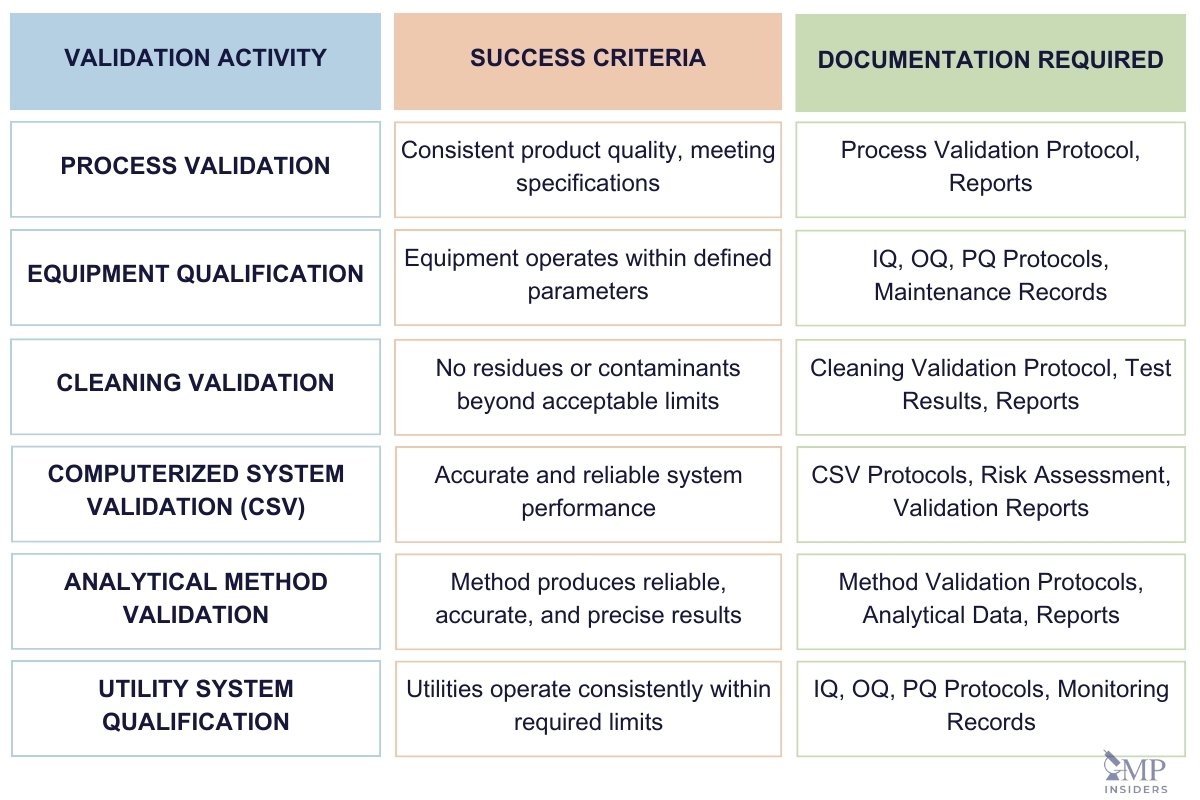
A well-defined validation strategy is essential for ensuring that all critical processes and systems within a manufacturing facility are properly evaluated and validated. This strategy begins with a robust risk management framework that guides the prioritization and execution of validation activities.
Risk Management Framework
Validation should be based on a risk management framework that prioritizes critical processes and systems based on their potential impact on product quality and patient safety. This section should outline the risk assessment process used to identify critical control points, evaluate risks, and determine the appropriate level of validation for each process or system.
- Risk Assessment Tools: Describe the tools and methodologies used for risk assessment, such as Failure Mode and Effects Analysis (FMEA), Hazard Analysis and Critical Control Points (HACCP), or risk matrices. The VMP should detail how these tools are applied to identify potential failure points and assess the likelihood and impact of risks.
- Critical Control Points: Identify the critical control points within the processes that must be validated to ensure consistent quality. For each critical control point, describe the parameters that will be monitored and the acceptance criteria that must be met.
SEE MORE: Quality Risk Management in the Pharmaceutical Industry
Selection of Critical Processes for Validation
Based on the risk assessment, this section should identify and prioritize the processes that are critical to product quality and safety for validation. These might include:
- Manufacturing Processes: Processes that directly impact the final product, such as blending, sterilization, or packaging.
- Cleaning Processes: Procedures to ensure that equipment and facilities are free from contaminants that could affect product quality.
- Analytical Methods: Methods used to test and verify product quality, such as HPLC (High-Performance Liquid Chromatography) or GC (Gas Chromatography).
Defining Success Criteria
For each validation activity, success criteria must be clearly defined. This section should establish measurable and objective criteria for successful validation, such as:
- Acceptance Criteria: Quantitative or qualitative criteria that define what constitutes a successful outcome for each validation activity. For example, specific temperature ranges for sterilization processes or target purity levels for analytical methods.
- Test Protocols: Detailed protocols outlining the procedures for testing and verifying that each process, system, or piece of equipment meets the defined acceptance criteria.
5. Detailed Validation Activities Included in VMP

Once the overall validation strategy is established, it’s crucial to dive into the specifics of each validation activity.
Process Validation
Process validation is the documented evidence that a manufacturing process can consistently produce products that meet predetermined quality criteria. This section should provide an overview of the processes that will undergo validation, including the approach and methodology for each process.
Phases of Process Validation: Discuss the different phases of process validation, including:
- Process Design: Development and understanding of the manufacturing process.
- Process Qualification: Evaluation of the process design to ensure it operates under controlled conditions.
- Continued Process Verification: Ongoing assurance that the process remains in a state of control during routine production.
Equipment and Utility Qualification
Equipment and utility qualification ensures that all equipment and utility systems perform reliably and consistently within their intended operational parameters.
- Installation Qualification (IQ): Verifies that equipment and utilities are installed correctly according to manufacturer specifications.
- Operational Qualification (OQ): Confirms that the equipment and utilities operate as intended within specified limits.
- Performance Qualification (PQ): Demonstrates that equipment and utilities perform consistently during routine production under actual process conditions.
SEE MORE: IQ, OQ, PQ in GMP
Computerized System Validation (CSV)
Computerized systems play a critical role in modern manufacturing processes, managing everything from production controls to quality data. This section should outline the principles and methodologies for validating computerized systems, ensuring that they function correctly and comply with regulatory requirements.
- GAMP 5 Guidelines: Describe how the organization adheres to the Good Automated Manufacturing Practice (GAMP 5) guidelines for the validation of computerized systems. This includes defining the system lifecycle, performing risk assessments, and ensuring that all validation activities are documented.
- Data Integrity: Emphasize the importance of data integrity in computerized system validation, ensuring that data is accurate, complete, and consistent throughout its lifecycle.
SEE MORE: Computer System validation (CSV) in GMP
Analytical Method Validation
Analytical method validation is the process of demonstrating that an analytical method is suitable for its intended purpose, providing reliable and consistent results.
Validation Parameters:
- Accuracy: The method’s ability to produce results that are close to the true value.
- Precision: The method’s ability to produce consistent results under the same conditions.
- Specificity: The method’s ability to accurately measure the analyte in the presence of other components, such as impurities, degradants, or matrix components.
- Linearity and Range: The method’s ability to produce results that are directly proportional to the concentration of analyte within a specified range.
- Robustness: The method’s ability to remain unaffected by small variations in method parameters.
SEE MORE: Analytical Method Validation
Validation Matrix and Traceability
A validation matrix provides a comprehensive overview of all validation activities, ensuring traceability between validation protocols, execution, and final reports. This section should include:
- Validation Matrix: A table that lists all processes, systems, and equipment covered by the VMP, along with their corresponding validation activities, acceptance criteria, and status.
- Traceability: Ensure that all validation activities are traceable to the original requirements and specifications, allowing for easy verification during audits or inspections.
6. Documentation and Reporting
This section outlines the documentation standards, formats, and approval processes essential for managing validation activities within the facility. Proper documentation is critical to ensuring traceability, compliance, and consistency throughout the validation process.
Documentation Format
The format for all validation documents must follow standardized guidelines to ensure consistency and clarity. Each type of validation document—such as protocols and reports—should adhere to specific formatting requirements, which are detailed in Standard Operating Procedures (SOPs).
Validation Documents
This section references the key documents used throughout the validation project, which include:
Validation Protocols
- Design Qualification (DQ)
- Installation Qualification (IQ)
- Operational Qualification (OQ)
- Performance Qualification (PQ)
- Cleaning Validation Protocols
- Process Validation Protocols
These protocols outline the objectives, responsibilities, prerequisites, and specific test criteria necessary for validating equipment, processes, and systems. Each protocol is critical for ensuring that the validation activities meet regulatory standards.
Supporting Documents
- Development Reports: Detail the research and development efforts that inform the validation process.
- SOPs: Provide detailed instructions on equipment operation, process control, and maintenance.
- Manufacturing Instructions: Derived from batch manufacturing records or standard operating procedures, these instructions guide production activities.
- Design Specifications: Include facility and equipment design requirements.
- Material and Equipment Specifications: Define the quality and performance standards for raw materials, equipment, and finished products.
- Product Specifications: Outline the criteria for product release, ensuring they meet quality standards.
7. Managing Changes and Deviations
To ensure that validated systems remain effective and reliable, it’s essential to have robust procedures in place for handling changes and deviations. Proper management of these aspects is vital to maintaining the quality and consistency of products.
Change Control
Change control is a critical aspect of maintaining validated status for processes, equipment, and systems. This section should outline the procedures for managing changes to validated systems, including:
- Change Requests: The process for initiating a change request, including the information that must be provided, such as the rationale for the change, impact assessment, and proposed implementation plan.
- Approval Process: The steps for reviewing and approving change requests, including who is responsible for evaluating the impact of the change on validated systems and determining whether revalidation is necessary.
Deviation Handling and Documentation
Deviations from validation protocols can occur during the execution of validation activities. This section should describe the procedures for handling and documenting deviations, including:
- Deviation Reporting: The process for reporting deviations, including who is responsible for documenting the deviation and how it should be recorded.
- Impact Assessment: An evaluation of the deviation’s impact on the validation process and product quality, including whether additional testing or revalidation is required.
- Corrective Actions: The steps taken to address the deviation and prevent its recurrence, including updates to SOPs, retraining of personnel, or changes to the validation process.
8. Continuous Improvement and Revalidation
Maintaining the effectiveness of validated processes requires ongoing vigilance and a commitment to continuous improvement.
Monitoring and Trending
Continuous monitoring and trending of process data are essential for ensuring that validated processes remain in control. This section should discuss the importance of ongoing monitoring and trending, including:
- Data Collection: The types of data that should be collected during routine production, such as process parameters, environmental conditions, and product quality attributes.
- Trending Analysis: Techniques for analyzing process data to identify trends that may indicate a drift from validated conditions. This analysis can help identify potential issues before they affect product quality.
Periodic Review and Revalidation Cycles
Processes, equipment, and systems may require revalidation over time to ensure they continue to meet validation requirements. This section should outline the process for periodic review and revalidation, including:
- Revalidation Triggers: The factors that may trigger revalidation, such as significant process changes, equipment modifications, or changes in regulatory requirements.
- Revalidation Frequency: The frequency with which processes, equipment, and systems should be revalidated, based on factors such as product risk, process complexity, and historical performance data.
- Review Process: The process for conducting periodic reviews of validation data to determine whether revalidation is necessary.
9. Training and Development
The effectiveness of validation efforts is directly tied to the expertise and readiness of the personnel involved. Validation staff must be not only well-qualified but also continuously trained to meet the demands of an ever-evolving regulatory landscape.
10. Conclusion of the Validation Master Plan
The Conclusion of the Validation Master Plan (VMP) serves to reinforce the critical importance of validation within the manufacturing environment. It underscores the role of the VMP in ensuring that all processes, equipment, systems, and methods are consistently maintained in a validated state, thereby guaranteeing that products meet the highest standards of quality, safety, and efficacy.
Common Pitfalls and Best Practices When Developing VMP
Navigating the validation process requires careful attention to detail and proactive planning. While there are many potential challenges, being aware of common pitfalls and following best practices can significantly enhance the effectiveness and efficiency of validation activities.
Common Pitfalls
- Inadequate Documentation: Failing to document validation activities comprehensively can lead to gaps in compliance and difficulties during audits. Ensure all protocols, reports, and supporting documents are complete, accurate, and properly archived.
- Underestimating the Scope: Overlooking certain processes, equipment, or systems during the planning phase can result in incomplete validation, leading to compliance risks. A thorough risk assessment and comprehensive scope definition are essential.
- Insufficient Resources: Lack of sufficient resources, including time, personnel, and equipment, can delay validation activities and compromise quality. Proper planning and resource allocation are critical to meeting validation timelines and objectives.
- Poor Communication: Inadequate communication between departments can lead to misalignment and errors in validation execution. Regular coordination meetings and clear communication channels are essential for ensuring all stakeholders are on the same page.
- Ignoring Change Control: Failing to manage changes to processes, equipment, or systems properly can invalidate previous validation efforts. Implement a robust change control procedure to assess and document the impact of any changes on validated states.
Best Practices
Some of the best practices when developing a Validation Master Plan include:
- Comprehensive Planning: Start with a detailed plan that includes clear objectives, responsibilities, timelines, and resources. Ensure the scope of the VMP covers all critical aspects of the manufacturing process.
- Regular Reviews and Updates: Periodically review the VMP to incorporate changes in regulations, industry standards, and internal processes. This ensures the VMP remains current and effective.
- Strong Documentation Practices: Maintain thorough and organized documentation for all validation activities. Use standardized formats and ensure all documents are easily accessible for audits and inspections.
- Effective Training Programs: Regularly train validation personnel on the latest regulatory requirements, validation techniques, and company SOPs. This ensures that staff are well-equipped to perform their roles effectively.
- Robust Change Control: Implement a stringent change control process that assesses the impact of changes on validated systems and ensures any necessary revalidation is conducted and documented.
FAQ
How Does a VMP Differ From Individual Validation Protocols?
A VMP is a high-level plan that outlines the overall validation strategy, while individual validation protocols provide detailed instructions for specific validation activities.
What Is the Significance of Having a Clear Timeline in the VMP?
A clear timeline in the VMP is crucial for coordinating validation activities across different departments. It helps ensure that validation is completed within the required time frames, preventing bottlenecks in production and ensuring that new or modified processes are validated before they are put into routine use.
Can a VMP be Used for Multiple Projects or Facilities?
A VMP can be specific to a single project or facility, but it can also be designed to cover multiple projects or facilities if the validation strategy and requirements are consistent across them.
Can the Validation Master Plan Be Modified After It Has Been Approved, and if So, How Is This Managed?
Yes, the VMP can be modified after approval if changes are needed. These modifications are managed through a robust change control process, which includes assessing the impact of changes, documenting the rationale for the modifications, and obtaining the necessary approvals before implementing the changes.
Final Thoughts
The Validation Master Plan (VMP) is not merely a regulatory formality but a vital document that embodies an organization’s commitment to quality and compliance. It serves as the backbone of all validation activities, guiding the systematic validation of processes, equipment, and systems to ensure that products are consistently safe and effective.
By adequate planning and executing the VMP, organizations can not only meet regulatory requirements but also enhance operational efficiency, reduce risks, and maintain the highest standards of product quality.

